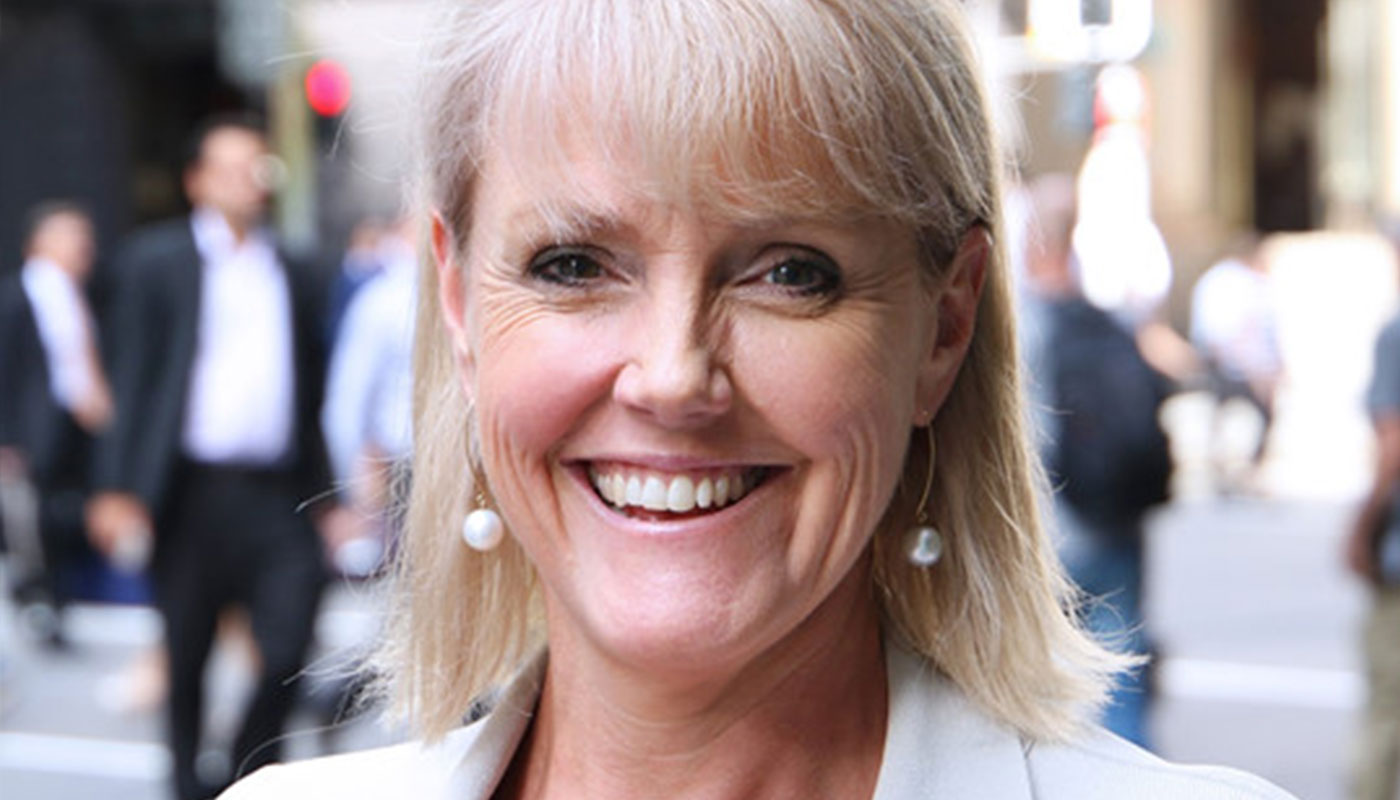Analysis of applications by AMP clients shows that women are withdrawing a greater proportion of their super balance as part of the Government’s early superannuation release scheme.
Despite women’s withdrawal amounts being less than men, on average they’re withdrawing 21 per cent of their starting super balances, compared to 17 per cent for men. 14 per cent of women are clearing out their entire super balance as a result of these withdrawals, compared to 12 per cent of men.
These withdrawals are widening the gender superannuation gap, with men having on average 29 per cent higher superannuation balances than women following the withdrawals, increasing from 25 per cent.
According to the Australian Bureau of Statistics, 325,000 women became unemployed in April, representing 55 per cent of all jobs lost in Australia, while female work hours reduced by 11.5 per cent, compared to a 7.5 per cent reduction in male hours.
Lara Bourguignon, AMP’s Managing Director, Superannuation, Retirement and Platforms said that AMP’s analysis of early super withdrawals reflects the greater impact COVID-19 is having on female employment.
“70 per cent of workers in the health and social sectors are also women1. These are lower income occupations which are at the front of the fight against COVID-19. Cleaners, teachers, child-care and aged care workers are predominantly women.
“We also know that more women have lost their jobs or had their work hours reduced as a result of COVID-19. They are doing it particularly tough at the moment and the early release scheme has been a vitally important initiative to help manage through the crisis.
“What we’re also finding from our analysis is that the early release of super is having a deeper impact on the retirement savings of women.
“We know that women are already behind men in a number of financial measures, including longer-term savings, retiring with 31 per cent less at retirement2. This is being further impacted by their greater proportion of early super withdrawals.
“It will be a while before the full effects of COVID-19 on women’s finances are known, but as an industry we need to support women navigating the implications of early release, help them protect their wealth, and re-build as the economy recovers,” said Ms Bourguignon.
Taking control – strategies and support available to women
1. Know how much is needed – Planning for the future starts with understanding personal circumstances and how much is needed for retirement. This can form the basis to build knowledge and develop a plan. Many free information resources are available, including ASIC’s MoneySmart’s retirement planner calculator.
2. Use government assistance where possible – There’s a range of support packages, payments and subsidies available, including the JobKeeper payment and Coronavirus supplement which has been added to the JobSeeker payment. Eligibility varies, and employers have to be registered for employees to receive the benefits of the JobKeeper payment. More information can be found via the ATO and Centrelink websites.
3. Low income super tax offset (LISTO) – Earning less than usual could mean eligibility for LISTO - a government superannuation payment of up to $500 per year to help low income earners save for retirement. For people who have earned less than $37,0003 it will happen automatically when they lodge their tax return, providing the super fund has a copy of the super member’s tax file number. Additionally, low to middle income earners could also be eligible for an extra $500 from the government via super co-contribution, providing they meet the criteria, including making an after-tax contribution.
4. Spouse super contributions – This benefit is available where one spouse (husband, de facto or same-sex partner) contributes an amount of money into their partner’s super. Providing the receiving partner is a low-middle income earner, or unemployed, the contributing spouse may be eligible for a tax offset.
5. Making additional super payments – Consider making additional payments to super during times of employment. If budgets allow, even small salary sacrifice contributions could make a big difference over the long term. There are caps to how much can be contributed to super each year and various tax rules apply. Until recently, the cap was reset every year – so if the full amount wasn’t put into super the entitlement was lost for any unused amount. But if eligible, any unused amount can be carried forward for up to five years.
1 Gender equity in the health workforce, World Health Organisation, March 2019.
2 Financy Women’s Index, March 2020
3 https://www.ato.gov.au/Individuals/Super/In-detail/Growing-your-super/Low-income-super-tax-offset/
Analysis based on data from three weeks of early super release AMP client applications
*Accounts whose balance falls below $10 post withdrawal




